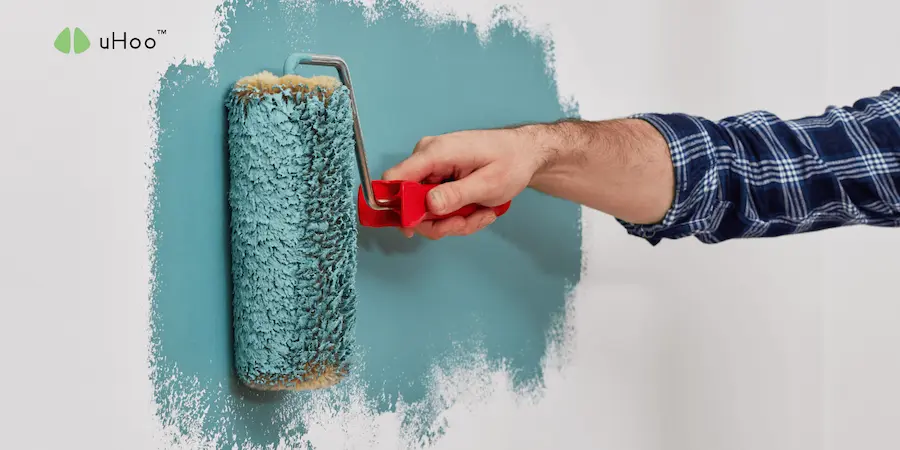While you may be aware of outdoor pollution, the quality of the air within your home can harbor hidden dangers. Recognizing and addressing common air pollutants is crucial for creating a healthier living environment.
-
Volatile Organic Compounds (VOCs)
VOCs are emitted from a variety of household products, including paints, solvents, cleaning supplies, air fresheners, and even some furniture. These chemicals can cause headaches, dizziness, eye irritation, and respiratory problems.
- Addressing VOCs:
- Proper Ventilation: Open windows and doors to increase airflow and dilute VOCs. Utilize exhaust fans in kitchens and bathrooms.
- Choose Low-VOC Products: Opt for low-VOC or no-VOC paints, cleaners, and other household products.
- Reduce Chemical Use: Minimize the use of harsh chemicals whenever possible. Consider natural cleaning alternatives like vinegar and baking soda.
- Proper Storage: Store chemicals properly in well-ventilated areas and keep them away from heat sources.
-
Mold and Mildew
Mold and mildew thrive in damp environments, releasing spores that can trigger allergies, asthma, and other respiratory issues.
- Addressing Mold and Mildew:
- Control Moisture: Reduce humidity levels by using dehumidifiers and ensuring proper ventilation.
- Clean Regularly: Regularly clean and dry damp areas such as bathrooms, kitchens, and basements.
- Address Leaks Promptly: Repair any leaks in roofs, pipes, or windows promptly to prevent moisture buildup.
- Professional Remediation: For extensive mold growth, consider professional mold remediation services.
- Study the uHoo Mold Index: The uHoo Mold Index is a comprehensive guide on what causes mold and what to do to prevent its growth in general.
-
Particulate Matter (PM):
Particulate matter includes tiny particles like dust, pet dander, pollen, and smoke. These particles can irritate the lungs and exacerbate respiratory conditions.
- Addressing Particulate Matter:
- Regular Cleaning: Vacuum and dust regularly to remove dust and other particles. Use a HEPA filter vacuum cleaner for more efficient removal.
- Air Filtration: Utilize air purifiers with HEPA filters to capture fine particles from the air.
- Control Sources: Minimize sources of indoor dust, such as smoking indoors and keeping pets groomed.
- Change Air Filters: Regularly change air filters in your HVAC system.
Identifying and addressing these common air pollutants is vital for creating a healthier home environment. By implementing the strategies mentioned above, you can significantly improve the quality of the air you breathe.
To effectively monitor and address these pollutants, consider utilizing uHoo air quality monitors to track various parameters, including temperature, humidity, CO2 levels, and VOCs, and provide valuable insights into the air quality within your home.

